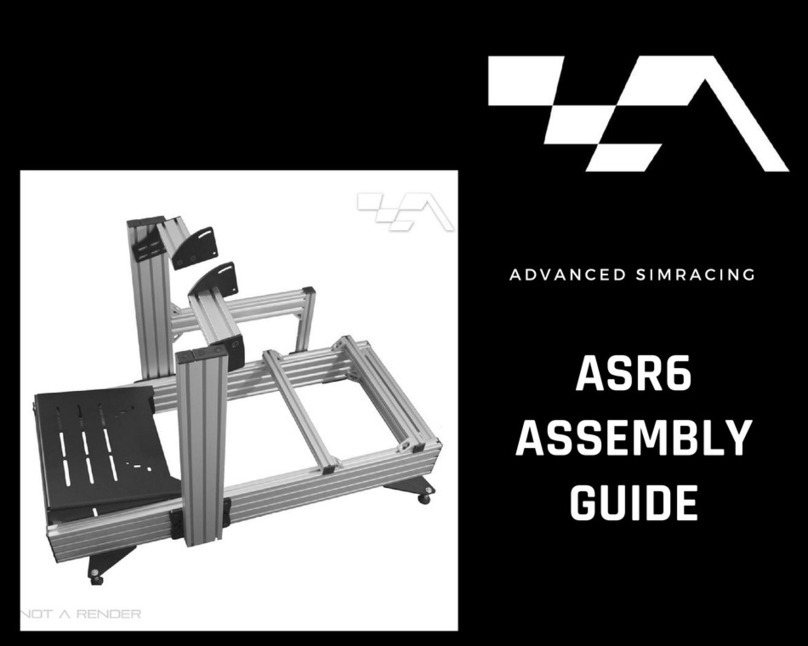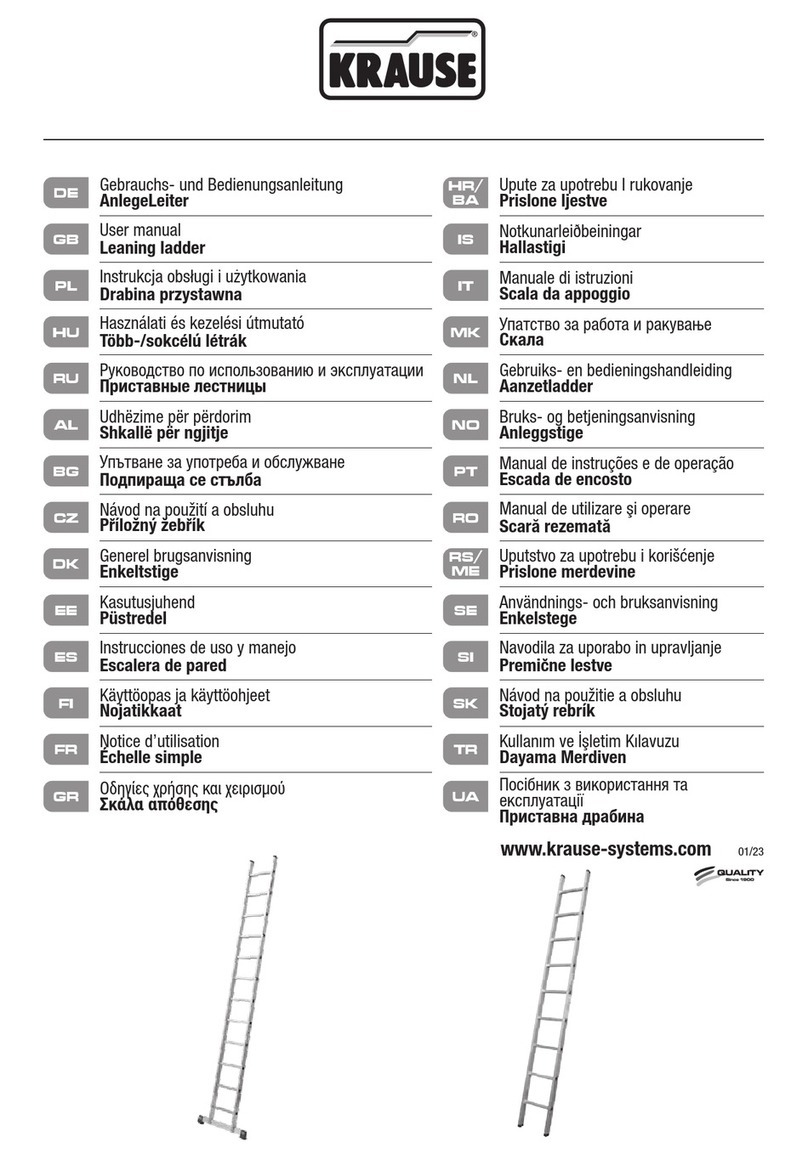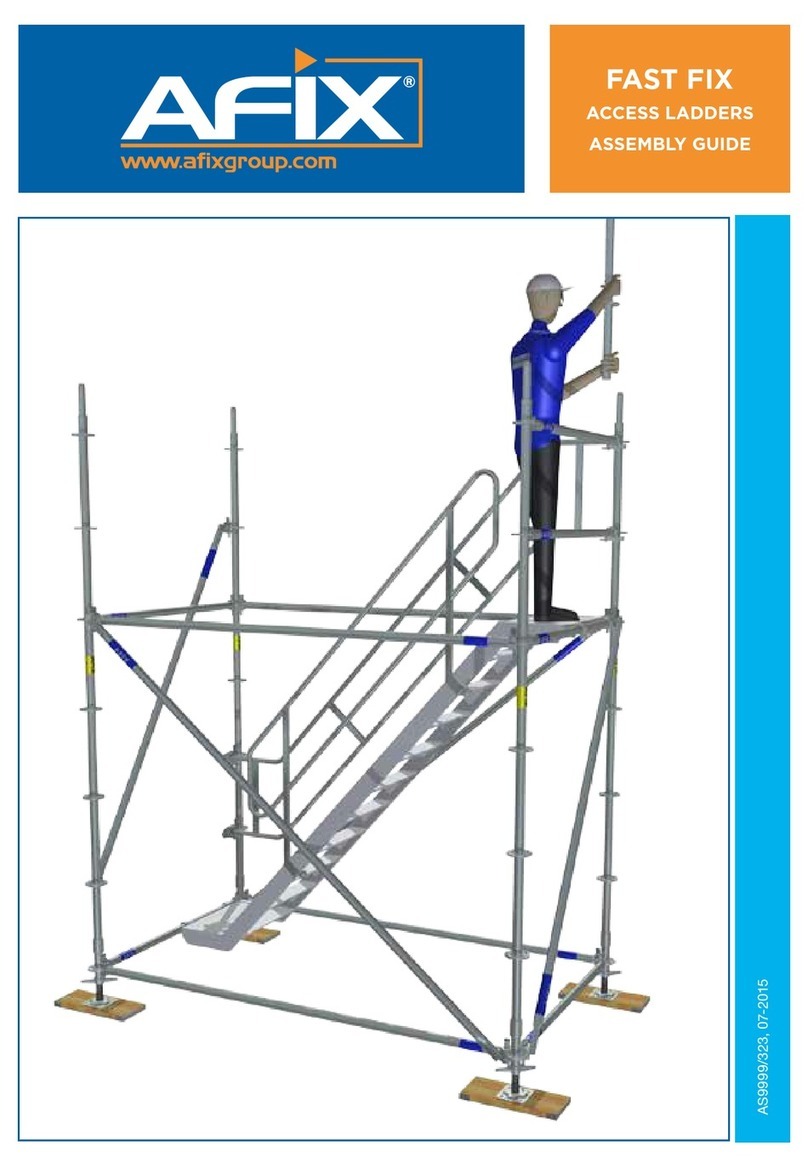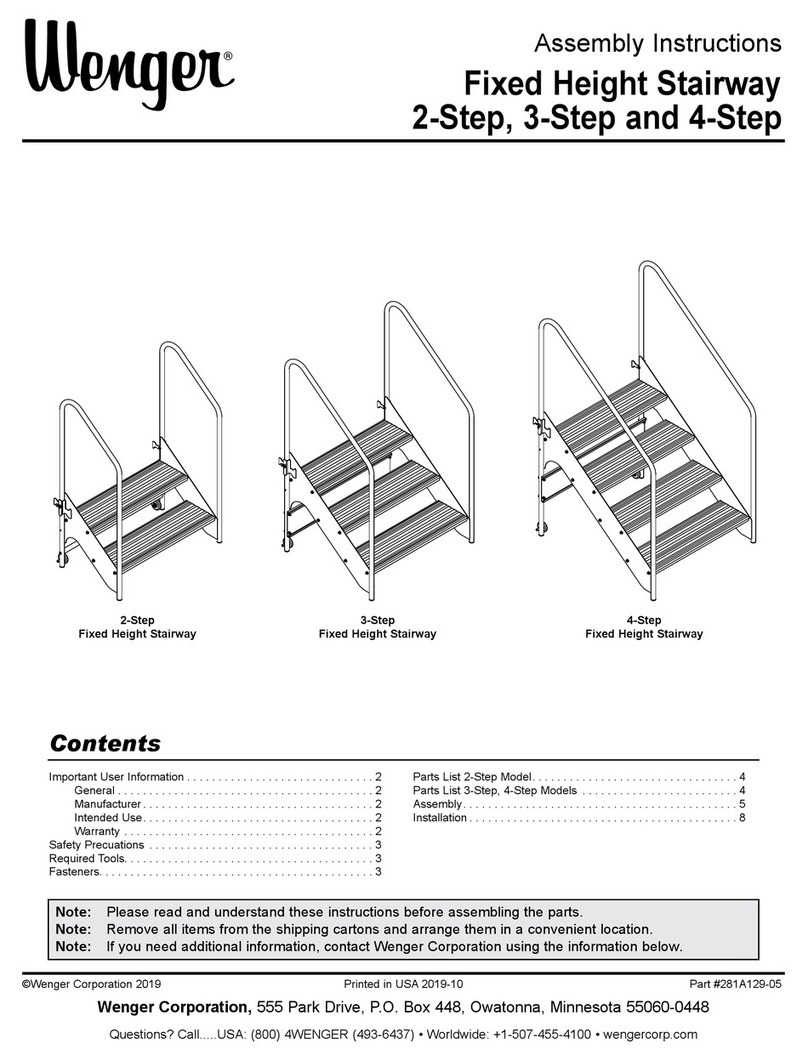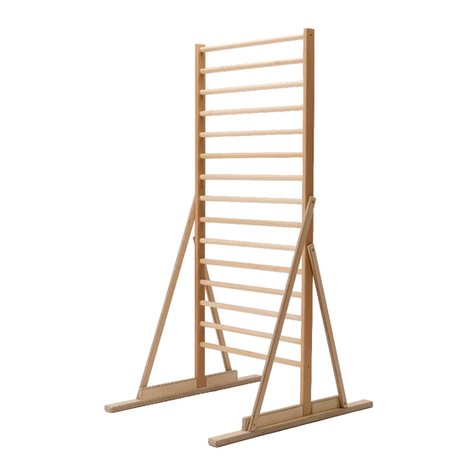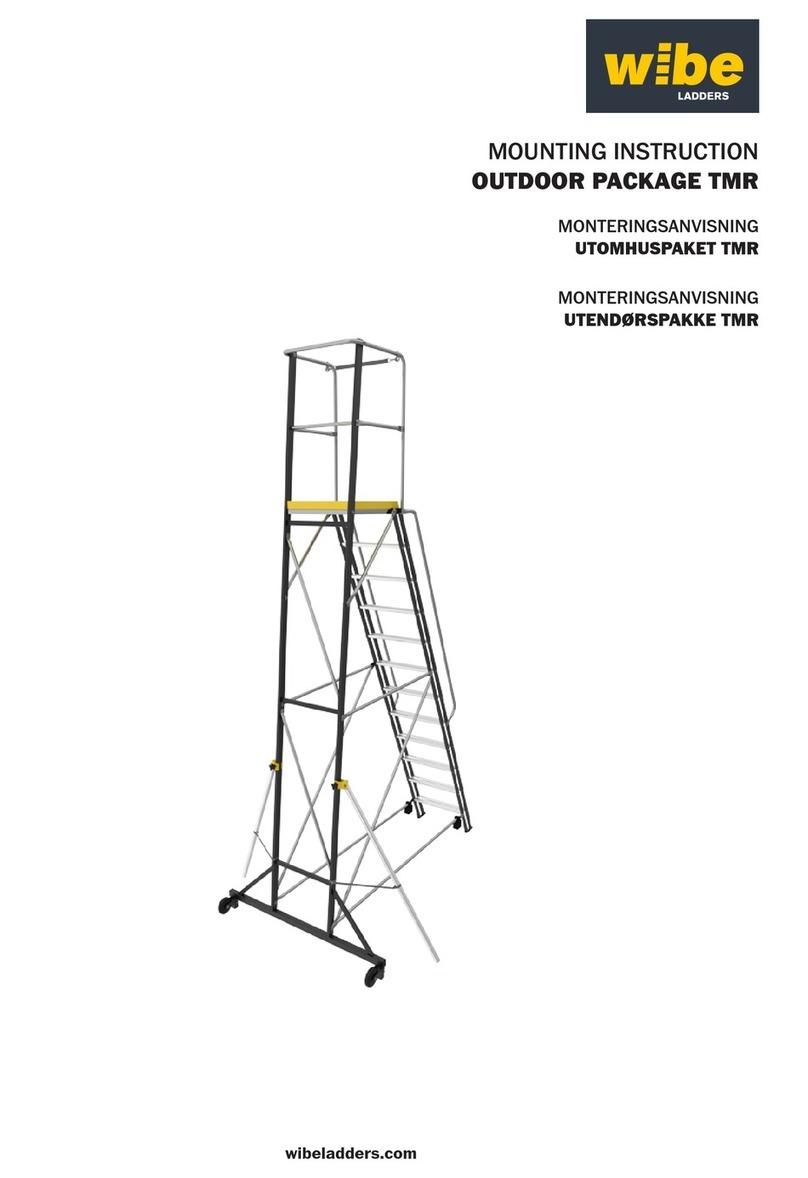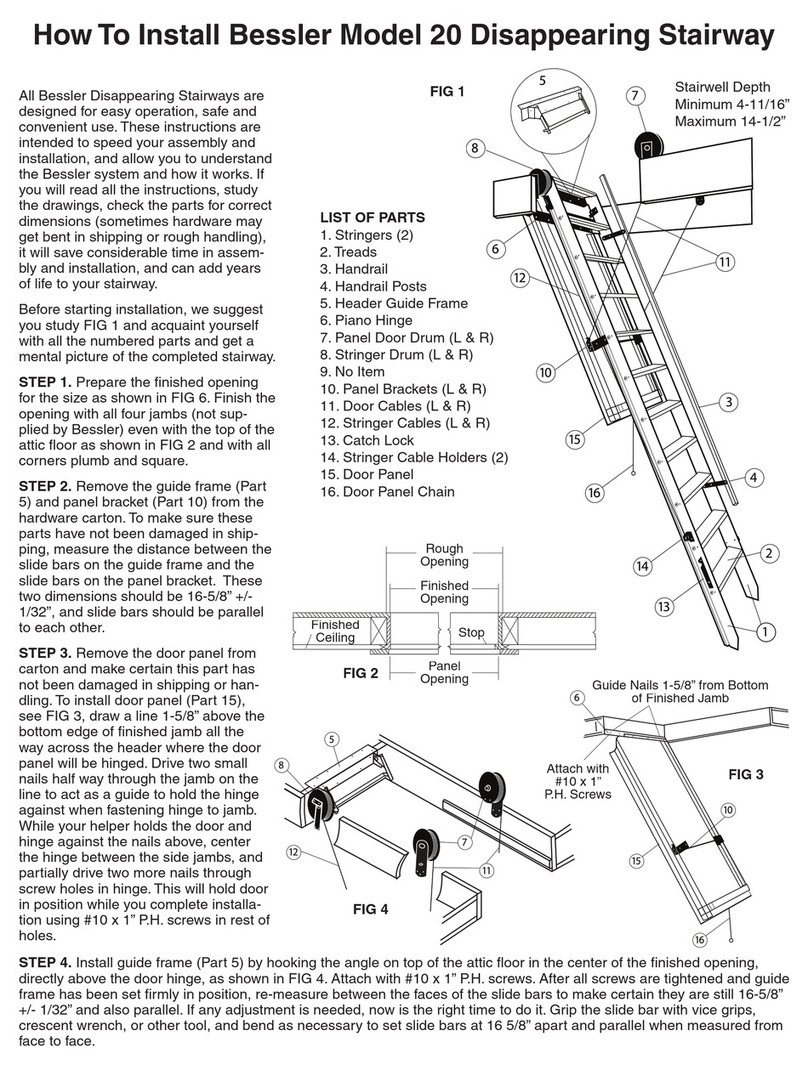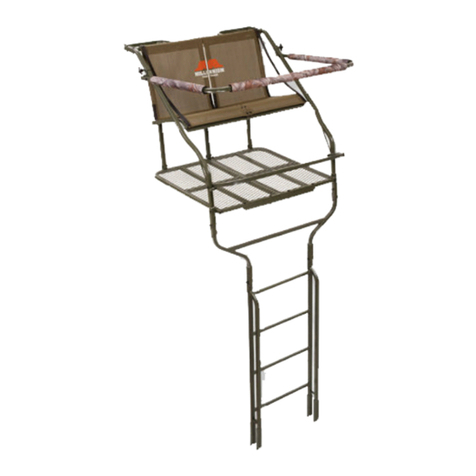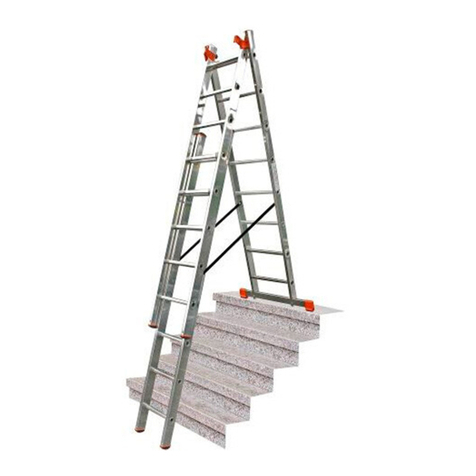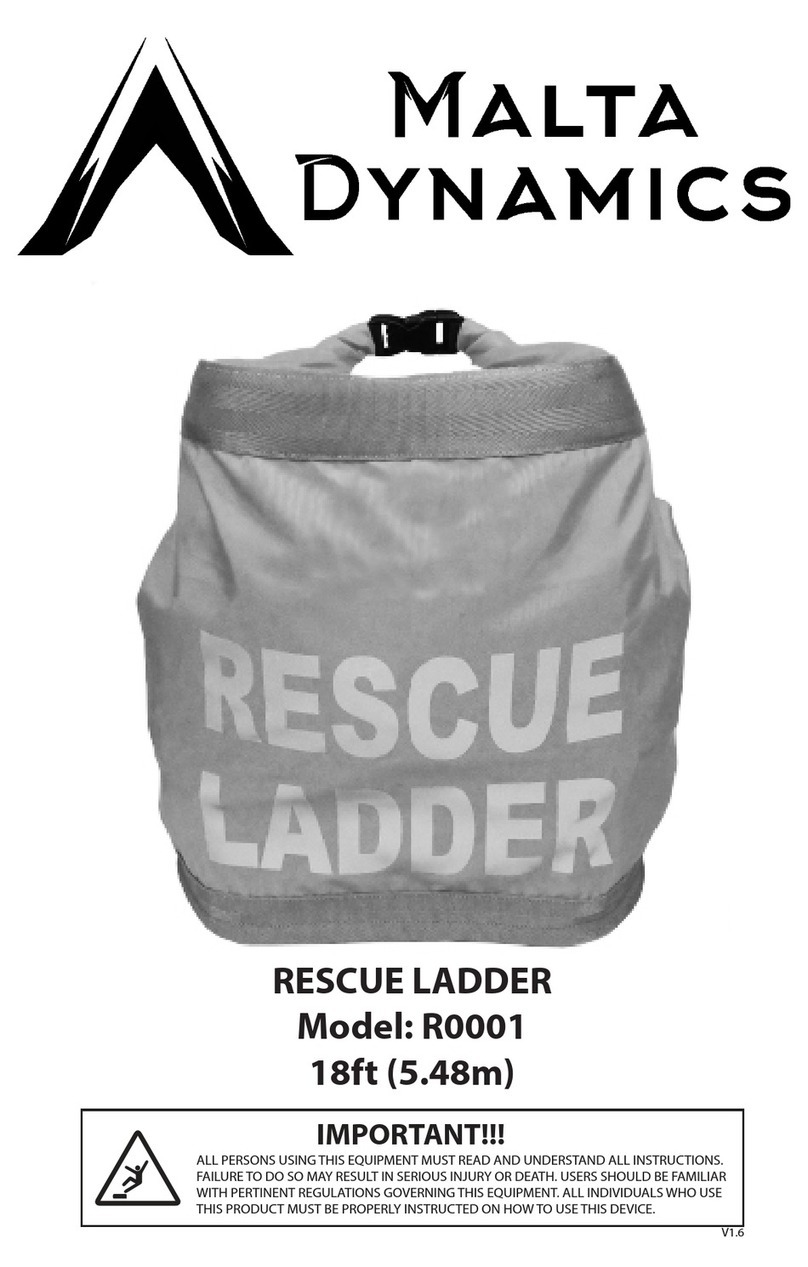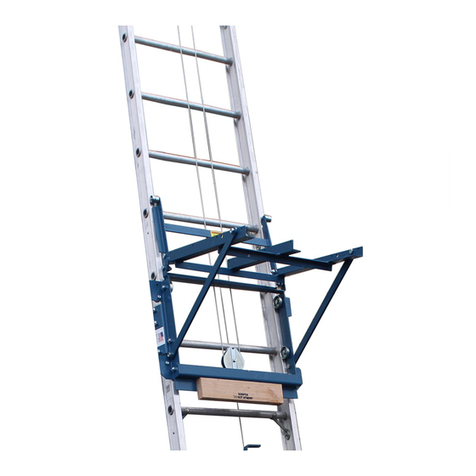
2
MUST READ PRIOR TO USE
1. This system must only be installed by competent persons trained in the selection, use and maintenance of access
systems.
2. Persons installing this system are required to have a comprehensive knowledge of the relevant standards, codes
of practice and industry guidelines that relate to the selection, use and maintenance of access and fall protection
systems and equipment.
3. Integrity and suitability of the structure to which this system is attached must be approved by a structural engineer
unless it is clear to a competent person as to the suitability of connection to structure.
4. Read installation and operation instructions carefully before commencing any work. Consent to deviate from the
installation guide must be obtained in writing from the manufacturer.
5. Conduct an initial work/risk assessment, and take all reasonable precautions to eliminate or control potential hazards
and risks during the installation of this product.
6. Complete all necessary OH&S documentation, including a Job Safety Analysis and Work Method Statement and
obtain consent from responsible person in workplace prior to commencement of work.
7. Do not modify or remove any element of the support structure without prior authorization by a qualied engineer.
8. Decorative coatings and coverings must be removed to ensure correct evaluation of structure prior to attachment of
system.
9. Any re-routing of electrical and/or other services must be carried out by qualied or authorized personnel.
10. Appropriate temporary access and safety equipment must be used during installation, such as platform ladders or
scaffolding and fall protection anchor points.
11. In case of emergency access and fall protection systems must be installed by a minimum of two persons.
12. Do not tamper with, modify or remove any part of this system unless authorized by the manufacturer in writing.
13. Appropriate labels or markings must be attached to each system and include; service entry date, next examination/
service due date, maximum designed load ratings and installer/certier details.
14. Documentation conrming correct use and maintenance of the system and equipment must be provided to the
workplace manager on completion of installation. (See operation manual)
Fixfast USA instructions and recommendations, drawings and diagrams, and all other documentation are copyright, errors and omissions
excepted, and must be carefully read and implemented. Any assistance or guidance given is without prejudice, and Fixfast USA cannot be held
responsible for any inaccuracy or misinterpretation whatever. Failure to follow site installation requirements and warnings, may result in serious injury or
death. Fixfast USA accepts no direct or indirect responsibility and/or consequential liability whatever, for any products and systems incorrectly installed
or certied. Fixfast USA cannot warrant the integrity or suitability of the structure to which the products may be attached. Prior assessment must be
made by a qualied structural engineer, unless the structure is authorized or approved by a competent person.
DISTRIBUTED
BY
©
CAI
Safety
Systems
|
(951)
465-7386
|
https://caisafety.com
|
[email protected]
